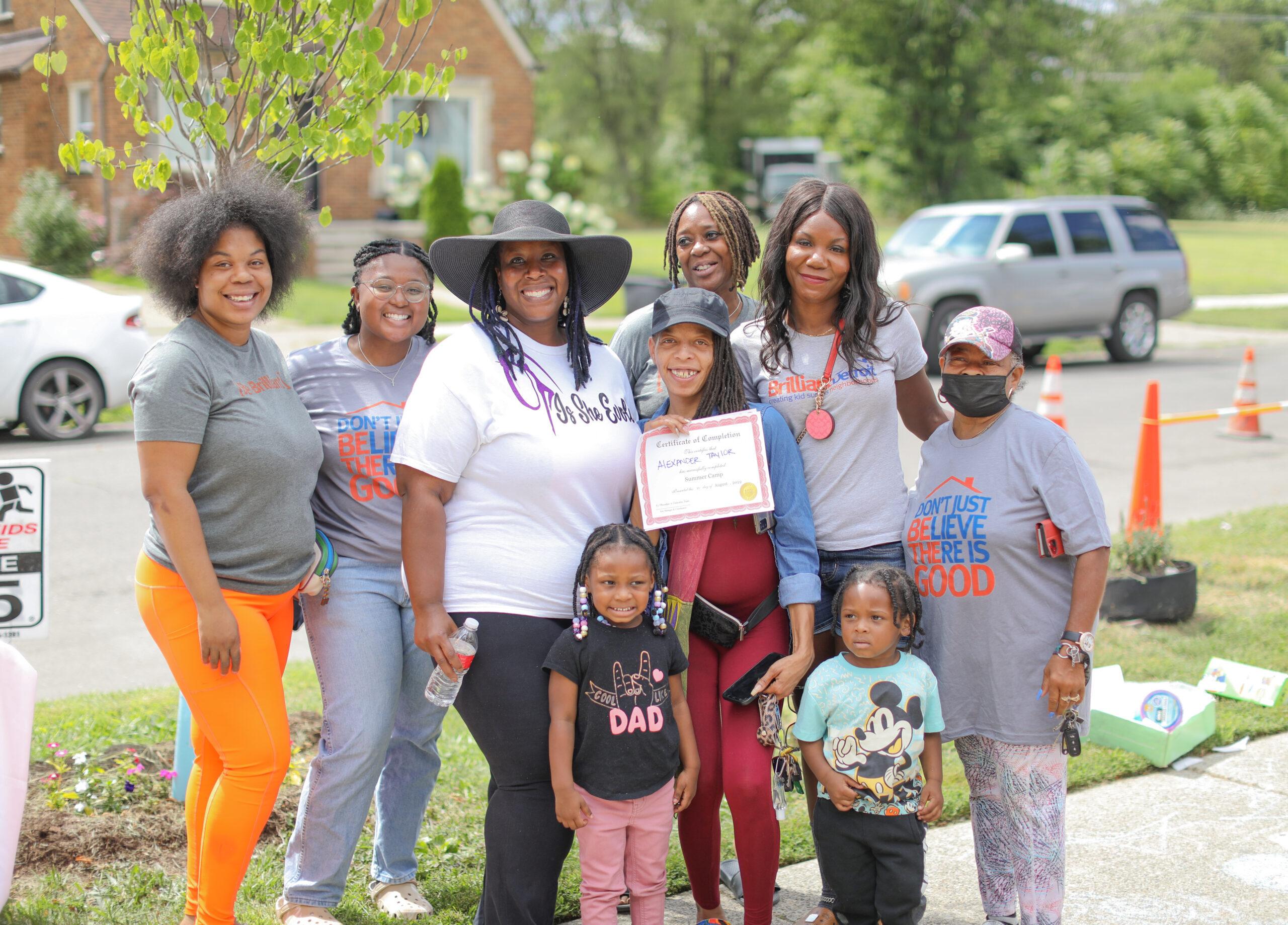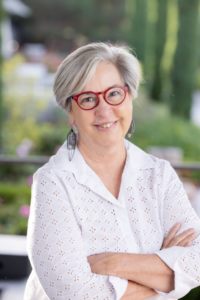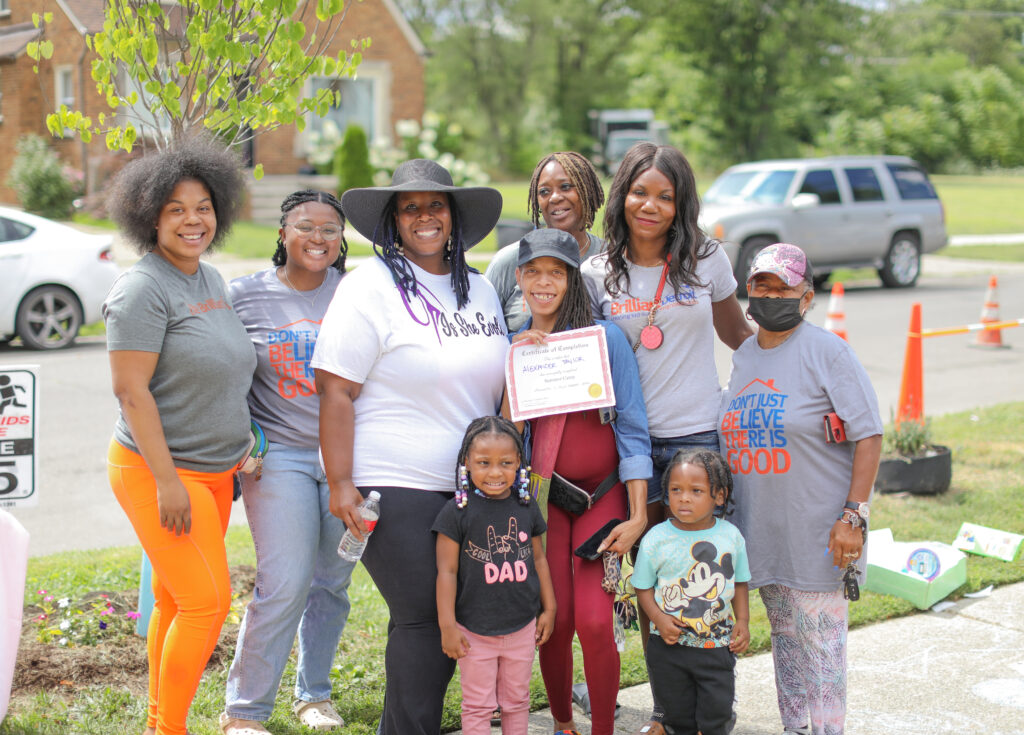Source: Special to Michigan News

Brilliant Detroit offers education, health, and family support programming for kids and adults. The nonprofit has turned houses into community hubs in 14 neighborhoods across the city. (Photos courtesy of Brilliant Detroit)

Brilliant Detroit offers education, health, and family support programming for kids and adults. The nonprofit has turned houses into community hubs in 14 neighborhoods across the city. (Photos courtesy of Brilliant Detroit)
Across the Morningside neighborhood on Detroit’s east side, families log on for a virtual yoga class. In a stately Piety Hill house in the center of the city, parents gather for a lunch-and-learn on education. In the Cody Rouge-Warrendale area of west Detroit, families participate in a wellness program hosted at a brick bungalow in their neighborhood.
These are just a few of the programs that Brilliant Detroit runs out of houses-turned-community hubs in 14 neighborhoods across the city. On a mission to create “kid success” neighborhoods, the nonprofit offers tutoring, GED preparation and testing, health and fitness classes, nutrition information, reading activities, and social-emotional and mental health services for children and their families. By 2024, Brilliant Detroit hopes to expand to 24 sites in Detroit, and it is scaling its model nationally.
Brilliant Detroit CEO Cindy Eggleton co-founded the organization in 2016 with University of Michigan alums Jim Bellinson (AB ’82) and Carolyn Bellinson (AB ‘89); the Bellinsons currently serve on the board of directors. Eggleton shared more about Brilliant Detroit’s growth and how it has partnered with U-M from the start.

Cindy Eggleton
Can you introduce us to Brilliant Detroit?
We exist to create “kid success” neighborhoods – neighborhoods where kids and families have everything they need from birth to 8 years old. The most formative years are early with 80% of the brain being developed by age 3, kindergarten readiness being a core predictor of a child completing high school and more, and third-grade reading being a predictor of school and earning potential. We repurpose houses that become a community hub where we provide programming for kids, kids and families, and adults only in education, health, and family support. We have grown to support 16,000 individuals at 14 locations since 2016.
We’ve seen reading growth of three grade levels and significant and very significant improvement in education, health, and family support. The model works because it’s really with, for, and by. We get a house and repurpose it only after we’ve been invited into the neighborhood. There are three things we make sure are in the neighborhood: enough density of kids, that the neighborhood invites us, and that the neighborhood will be involved because it’s really a partnership with the neighborhood. We align the programs and activities so kids and families can get what they need to measure their own success. And we form advisory groups in the neighborhood so there’s continuous input.
How have you partnered with U-M?
From almost day 1, we partnered with U-M. We worked with the Detroit Community-Engaged Research Program, which provided us with two interns for a summer and we are still working with them. Those interns actually created some of the beginning plans for what we are doing. We’ve had different groups do studies and short-term projects with us. We’ve had volunteers from student groups. We’ve participated in the 5K run, and we’ve spoken in U-M classes. We work with different departments, like Michigan Medicine’s Zero to Thrive. Poverty Solutions worked on some efforts around grade-level reading. We have done outreach plans in the neighborhoods. We’re scaling in Detroit and also outside of Detroit, and some of U-M’s efforts to do research in other cities has been particularly useful. We’re also working on a neighborhood data dashboard with Challenge Detroit, and U-M students have been very helpful in that as well.
What do you value most about those partnerships?
I value the intentionality of creating partnerships that matter and the genuine desire to be in community, learn from community, and provide help at the same time. U-M has done an amazing job of creating ways to provide support embedded in the communities. We call it neighbor-to-neighbor, regardless of ZIP code, when communities come together. The University of Michigan is a community – that’s what we’ve found – and they come together in a beautiful way. We have looked to see what more we could do with U-M, and U-M has looked to see what more they could do with us.
What advice do you have for other organizations interested in partnering with U-M?
Understand what you need, No. 1. It has to be a two-way relationship. The students should come away with something that’s significant for them. While that may take some time to develop that learning experience, the payoff is immense. Our very first interns, Kyra Hudson (BA ‘19, MM ‘20) and Flora Conley (BA ‘18), who we are putting on a board committee, have been a very big part of who we are from the beginning, and that benefits everybody.


